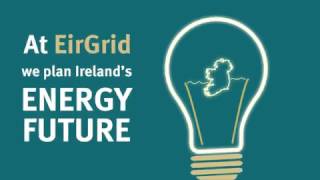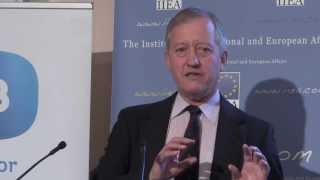Tuesday, 09 December, 2025г.
















Где искать: по сайтам Запорожской области, статьи, видео ролики
пример: покупка автомобиля в Запорожье
Regional Electricity Markets – Seven Steps to a Single European Electricity Market
Cross-border cooperation in energy is not a new idea. Historically, it is at the core of the development of the European Community. In 1951 France, West Germany, Belgium, Luxembourg and the Netherlands decided to form the European Coal and Steel Community. They hoped that pooling vital natural resources would ‘make war not only unthinkable but materially impossible’.
In 2014 the goals of cooperation in energy have changed. Member states seek to complete an internal energy market which will ensure competitiveness, sustainability and security of supply. As a small, peripheral market with a reliance on imported fossil fuels, Ireland has much to gain from the increased integration of energy markets in the EU. However, this must be a gradual process as member states remain reluctant to cede control of how they use the national energy resources which fuel their economies. Electricity remains one of last sectors without free trade in the EU.
Therefore, in 2006 the European Regulators Group for Electricity and Gas (ERGEG) established seven regional electricity markets as an interim step toward a single European electricity market.1
The regional markets are as follows:
1. France-UK-Ireland, (FUI)
2. Central-East
3. Central-West
4. Central-South
5. South West
6. Baltic
7. Northern
Ireland, operating as an all-island Single Electricity Market (SEM) since 2007, is part of the regional energy market covering the FUI region and cooperates with two of the biggest electricity producers in Europe: France and the UK. The governments, regulators and grid operators from these countries are working together to develop solutions for a regional market. While the target for the completion of the internal energy market is the end of 2014, Ireland has been granted an extension until 2016 to allow for transitional arrangements, due to the significant differences between the SEM and European market models.
The incoming European Commission President, Jean Claude Juncker, has reaffirmed the priority of completing the internal energy market, emphasising the benefits of driving down costs and boosting growth. Meanwhile, in the wake of concerns about European energy security, the current Italian Presidency has argued that the completion of the internal energy market will increase member state solidarity, ensure safety of energy supplies and facilitate the integration of indigenous sources of energy, like renewables.
However, completing the internal energy market by 2014 remains a sizeable challenge. Member states still need to increase interconnections and further harmonise their market rules. This video explains the role regional electricity markets are playing in meeting this challenge and the benefits they are expected to bring.
Теги:
Regional Energy Market Regional Energy Markets ESB REM Energy FUI Single European Electricity Market Electricity (Industry) Electricity European Community ERGEG Single Electricity Market SEM internal energy market European Union EU Electricity Electricity Supply Board Power to the people Ireland
Похожие видео
Мой аккаунт


 У вашего броузера проблема в совместимости с HTML5
У вашего броузера проблема в совместимости с HTML5


